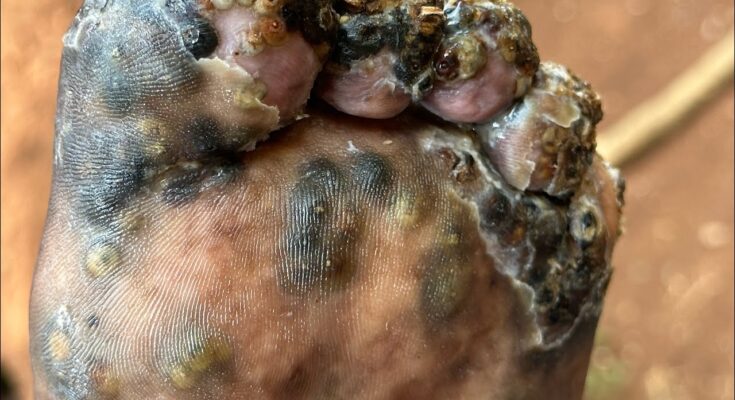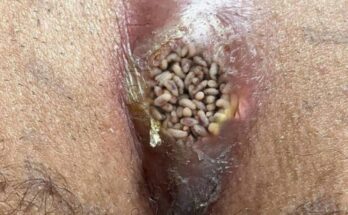🦶 How to Remove Jigger Digging from Feet: A Safe and Effective Guide
Jiggers, also known as Tunga penetrans, are tiny parasitic fleas that burrow into the skin—most commonly in the feet—causing painful swelling, itching, and infection. These parasites are prevalent in tropical and subtropical regions, especially in areas with poor sanitation. Once embedded, female jiggers lay eggs inside the skin, triggering inflammation and potential complications like tetanus or gangrene if untreated.
🔍 Recognizing Jigger Infestation
Early detection is key. Common symptoms include:
- Persistent itching
- Red bumps or lesions
- Swelling and pain
- Black dot at the center of the bump (the parasite’s body)
- Difficulty walking due to discomfort
🧼 Step-by-Step Removal Process
Removing jiggers requires precision, hygiene, and care. Here’s how to do it safely:
1. Clean the Area Thoroughly
- Wash the affected foot with warm water and soap
- Dry completely to reduce moisture that attracts parasites
2. Sterilize Your Tools
- Use clean tweezers or a fine needle
- Disinfect with alcohol or boiling water
3. Manual Extraction
- Gently pierce the skin above the jigger’s burrow
- Use tweezers to grasp and pull out the parasite slowly
- Avoid breaking it apart to prevent infection
4. Disinfect the Wound
- Apply antiseptic solution (iodine or alcohol)
- Clean the area thoroughly to kill residual bacteria
5. Dress the Wound
- Cover with sterile gauze or bandage
- Change dressing daily until healed
6. Monitor for Infection
- Watch for signs of pus, increased redness, or fever
- Seek medical help if symptoms worsen
🩺 When to See a Doctor
If multiple jiggers are embedded, or if the area is severely swollen or infected, professional medical care is essential. Doctors may use numbing agents and sterile tools to remove jiggers safely and prescribe antibiotics if needed.
🛡️ Prevention Tips
- Wear closed shoes in endemic areas
- Avoid walking barefoot on dusty or sandy ground
- Keep feet clean and dry
- Regularly inspect feet for early signs
- Improve sanitation in living environments



